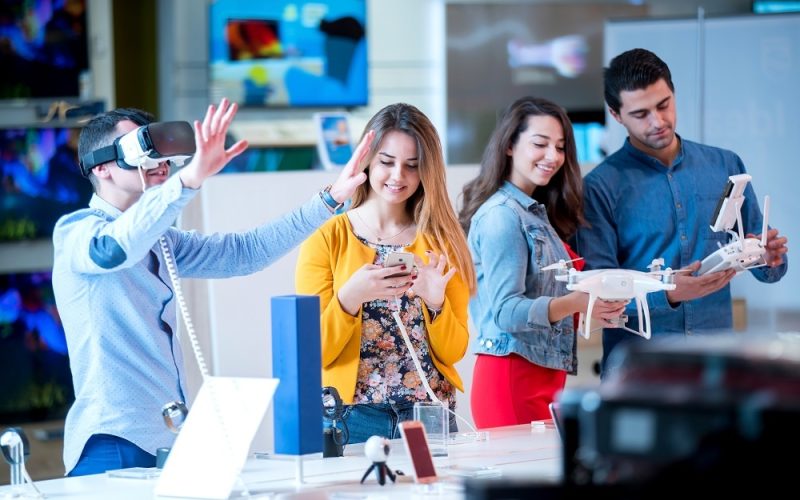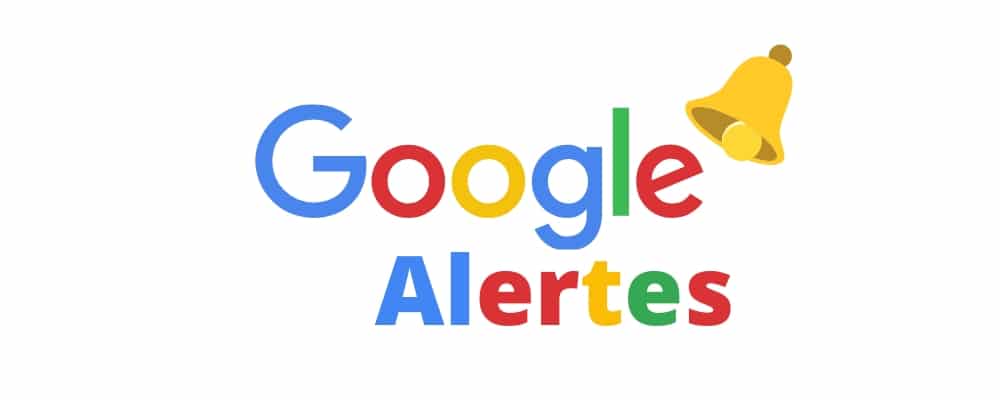The year 2024 promises to be groundbreaking for the consumer tech industry. Innovations are accelerating, and tech enthusiasts are eager to embrace new gadgets and services. From artificial intelligence transforming our daily lives to breakthroughs in virtual and augmented realities, consumer tech is evolving at an unprecedented pace. Let’s dive into the top consumer tech trends shaping 2024 and explore how they benefit consumers with real-world examples and case studies.
1. Artificial Intelligence (AI) in Everyday Devices

AI integration in consumer devices has been gaining traction for years, but in 2024, it has reached new heights. Whether in smartphones, wearables, or home appliances, AI-powered devices are becoming smarter and more intuitive.
Benefits:
AI improves the overall user experience by anticipating needs and automating tasks.
It enhances productivity, saving consumers time and effort.
Devices learn from user behavior, making them more efficient over time.
Example:
Smart speakers like Amazon Alexa and Google Nest have grown in functionality, offering personalized recommendations based on user habits. In 2024, new AI algorithms allow these devices to not only respond to voice commands but also proactively suggest actions, like reminding you to reorder groceries based on consumption patterns.
Case Study:
A report from McKinsey & Company in 2023 highlighted how AI integration in smart home devices improved energy efficiency by 20%, reducing household bills and contributing to sustainable living. AI-controlled thermostats, such as Nest Learning Thermostat, saved homeowners hundreds of dollars annually by adjusting temperatures automatically based on occupancy and usage patterns.
2. 5G-Enabled Smart Cities
The 5G revolution has already begun, but in 2024, we’re seeing its true potential unfold with the rise of smart cities. Faster internet speeds and lower latency are driving more connected urban infrastructures.
Benefits:
5G supports ultra-fast communication between devices, improving everything from traffic management to energy distribution.
Enhanced connectivity leads to safer, more efficient urban environments.
It enables widespread use of the Internet of Things (IoT), where devices can communicate with each other without human intervention.
Example:
In Singapore, smart city initiatives powered by 5G networks are improving public transportation. Buses and trains communicate with traffic signals to reduce congestion and cut down travel time by 15%.
Case Study:
Barcelona became a global leader in smart city technology by adopting 5G early. With smart lighting systems and connected garbage collection, the city saved €75 million annually in energy and maintenance costs. This success shows the long-term economic benefits of adopting consumer tech trends at the municipal level.
3. Wearable Tech for Health and Wellness

Health tech is booming, and wearable technology is at the forefront of this revolution. In 2024, wearables are more sophisticated, offering detailed health metrics and real-time monitoring, making them essential for health-conscious consumers.
Benefits:
Wearables provide real-time insights into heart rate, sleep patterns, and physical activity, encouraging a healthier lifestyle.
They assist in the early detection of potential health issues.
These devices integrate seamlessly with smartphones, apps, and healthcare platforms.
Example:
The latest Apple Watch Series 9 offers blood oxygen monitoring, ECG apps, and even fall detection features. It has saved lives by alerting emergency services in case of severe falls or irregular heart activity.
Case Study:
A 2022 study published in the Journal of Medical Internet Research analyzed the impact of wearables on patient outcomes. It found that patients using wearables to monitor chronic conditions like diabetes or hypertension had a 28% improvement in their overall health management due to the continuous feedback loop between the patient, wearable, and healthcare provider.
4. Immersive Virtual and Augmented Reality (VR & AR)
2024 is shaping up to be the year when virtual and augmented reality finally goes mainstream. With hardware becoming more affordable and software more advanced, immersive experiences are available to more consumers.
Benefits:
AR and VR transform the way we interact with digital content, from gaming to shopping.
They enhance learning experiences by simulating real-world scenarios.
These technologies provide new ways to experience entertainment and social connections.
Example:
Companies like Meta (formerly Facebook) and Sony are releasing cutting-edge VR headsets that cater to both gamers and professionals. These devices are now used in virtual meetings, training simulations, and remote healthcare services.
Case Study:
A partnership between Walmart and Strivr, a VR training company, demonstrates the business applications of this technology. Walmart used VR to train its employees in customer service and store operations. The result? A 70% improvement in employee engagement and a 30% reduction in on-the-job mistakes. This success has inspired other corporations to explore immersive tech for training and education.
5. Sustainable Tech Solutions
As environmental concerns grow, consumers are demanding greener solutions from tech companies. Sustainable technology is no longer a niche area—it’s mainstream in 2024, with eco-consciousness driving innovation.
Benefits:
Sustainable tech helps reduce the environmental footprint of devices, from manufacturing to energy consumption.
Consumers feel empowered by using products that align with their values, leading to increased brand loyalty.
Companies benefit from cost savings through the use of recycled materials and energy-efficient processes.
Example:
Companies like Fairphone are pioneering sustainable consumer tech by creating modular smartphones that are easy to repair and made from ethically sourced materials. This trend encourages longer product lifespans and reduces electronic waste.
Case Study:
The Carbon Trust conducted a study on the tech industry’s carbon emissions and found that companies adopting sustainable practices, such as Apple and Google, reduced their carbon footprint by 45% over five years. These efforts not only benefit the environment but also improve brand perception, as 78% of consumers prefer eco-friendly products.
6. Smart Home Integration
In 2024, the concept of a fully connected smart home is becoming a reality. Devices now work in harmony, providing seamless automation and control over the home environment.
Benefits:
Smart homes increase energy efficiency, convenience, and security.
They provide better control over home functions, from lighting to security systems, using just a smartphone.
Integration across different brands and devices is more robust than ever, making smart homes more accessible.
Example:
Devices like Samsung’s SmartThings platform allow users to control everything from refrigerators to door locks with a single app. These systems learn from user preferences, adjusting lighting, music, and climate based on routines.
Case Study:
A 2023 report by Statista found that households using smart home systems like Amazon’s Alexa or Google Home reduced their energy consumption by 18% on average, with significant cost savings and increased home security.
7. Personalized Entertainment Through AI
Entertainment is increasingly personalized, and AI is driving this trend. From music and video streaming to gaming, AI algorithms are tailoring content to individual preferences.
Benefits:
Consumers enjoy highly personalized content recommendations.
Streaming platforms reduce churn rates as users are more engaged with tailored suggestions.
AI optimizes user experiences across different entertainment formats.
Example:
Platforms like Spotify and Netflix use AI to create personalized playlists and show recommendations based on user history. In 2024, these algorithms have become even more sophisticated, offering real-time mood-based recommendations.
Case Study:
According to a 2023 Accenture report, streaming platforms utilizing AI-driven recommendations saw a 15% increase in user retention and a 20% rise in overall consumption. This case study highlights the crucial role AI plays in shaping the future of digital entertainment.
Conclusion
The consumer tech trends of 2024 are centered around connectivity, convenience, and sustainability. From AI-powered devices to immersive virtual experiences, these trends are transforming how we interact with technology in our daily lives. As businesses adopt these innovations, they offer consumers more personalized, efficient, and eco-friendly solutions, marking an exciting era for the tech industry. By staying informed about these trends, consumers and companies alike can reap the benefits of this tech revolution.










